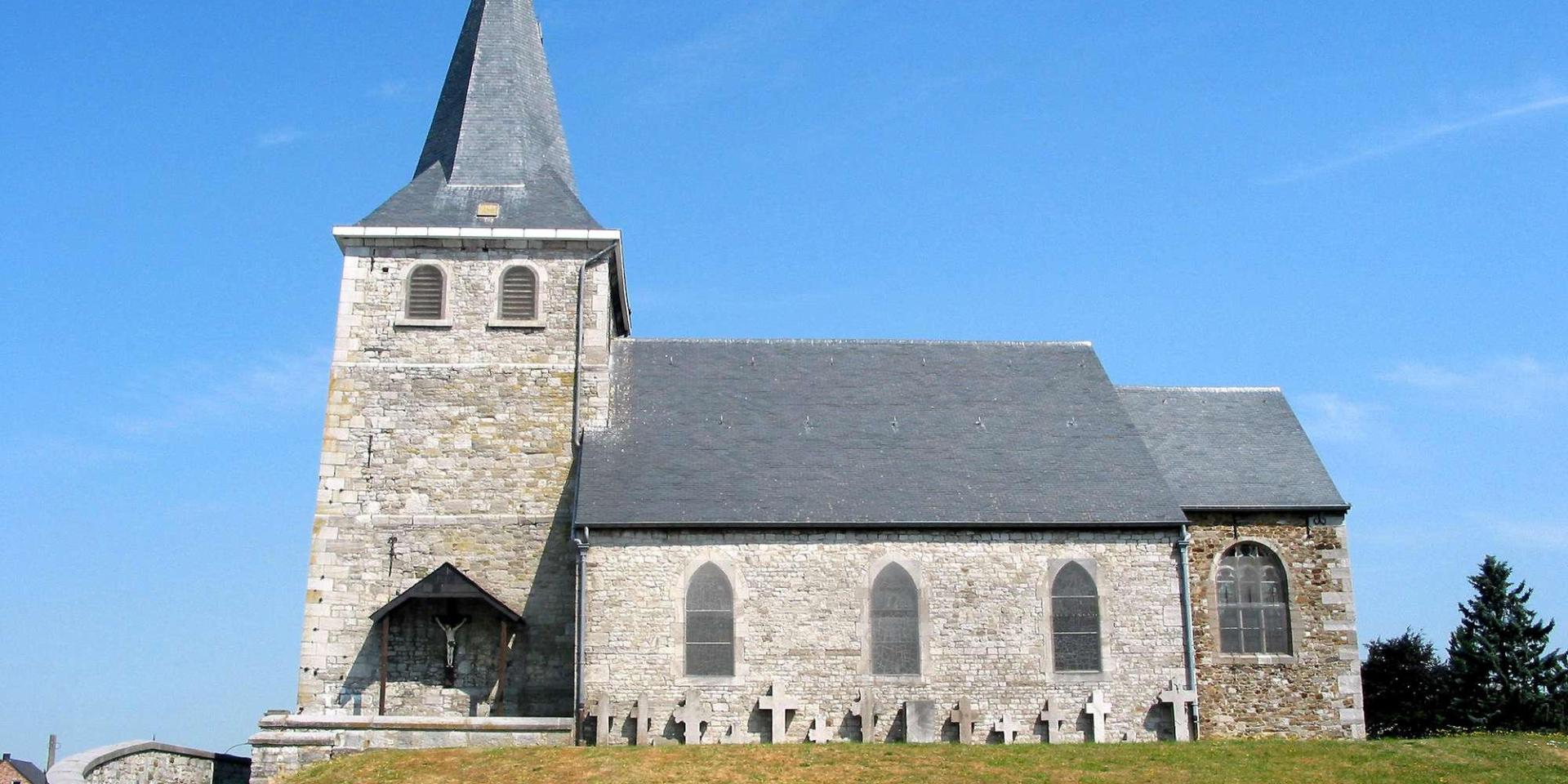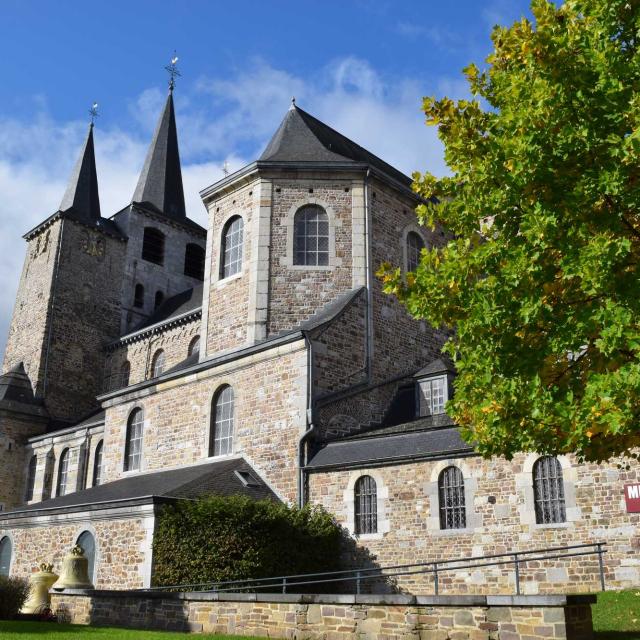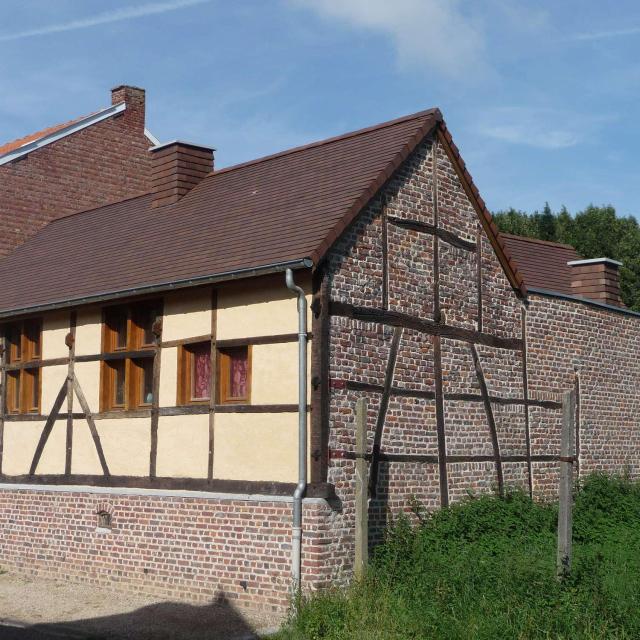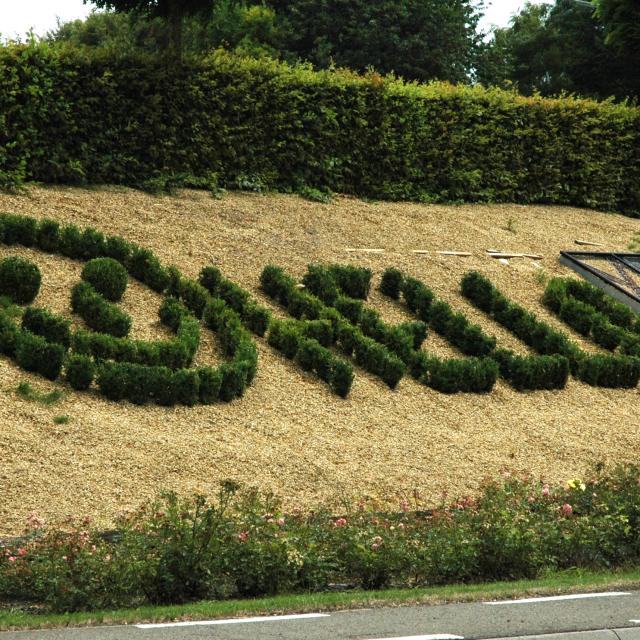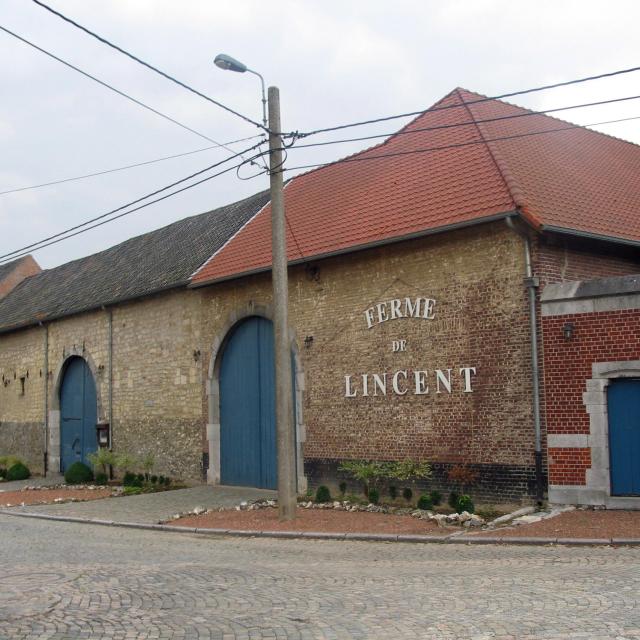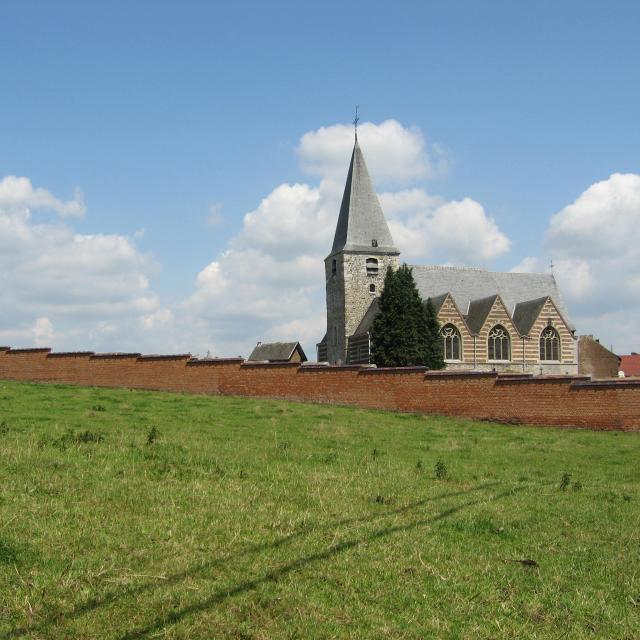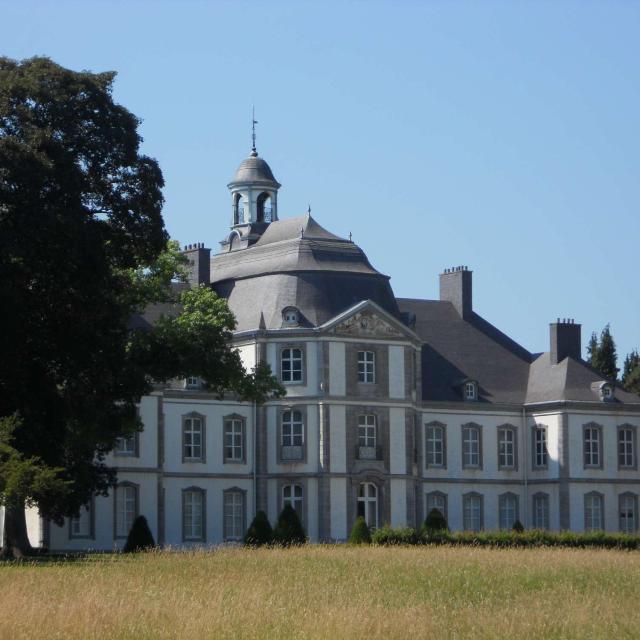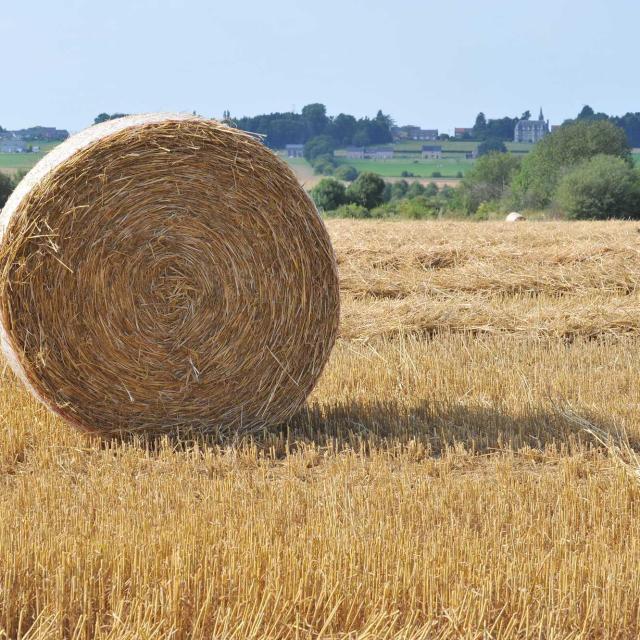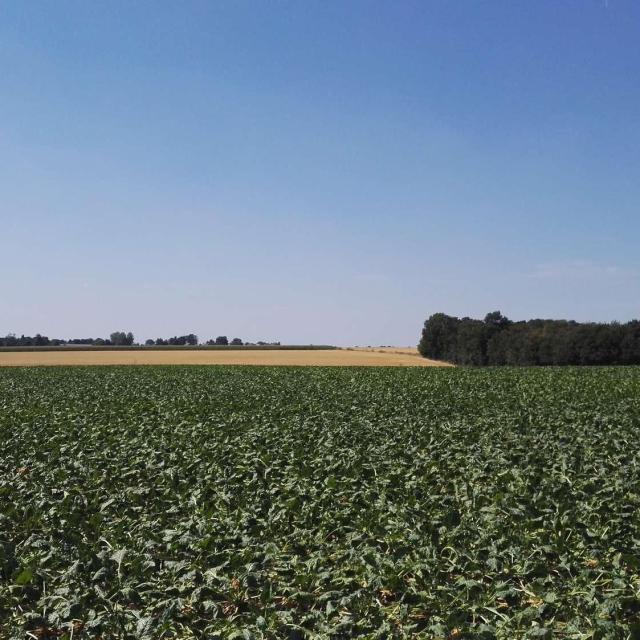Despite increasing urbanization, the villages of Villers and Fize-Fontaine still retain many traces of an impressive historical past. Fize, a small seigneury, fief of the prince-bishop, then dependent on the ban of Amay, is characterized by rural architecture dominated by the use of coal sandstone from the local Pierreumont quarry. Villers-le-Bouillet, a former seigneury of Saint-Barthélemy, is a major agglomeration with several settlement centers, former hamlets sometimes reclaimed from the woods in the Middle Ages.
Vaux-Borset, Warnant-Dreye and Vieux-Waleffe have retained a more rural character with the Toultia and Narméa valleys. The villages of Warnant and Vieux-Waleffe are villages of character that have preserved a homogeneous architecture, a reflection of Ancien Régime society. Warnant, one of the most beautiful villages in Hesbaye, groups together a series of abbey and aristocratic farms dominated by the Château d’Oultremont on a roadway with a circular layout.
Industry also occupied quite a few hands in the 19th century. Coal was mined at Villers-le-Bouillet in the hamlet of Halbosart, and marl at Vaux-Borset. Food industries such as milling and grating were established in Warnant. They complemented the dominant activity: agriculture.
 Villers
Villers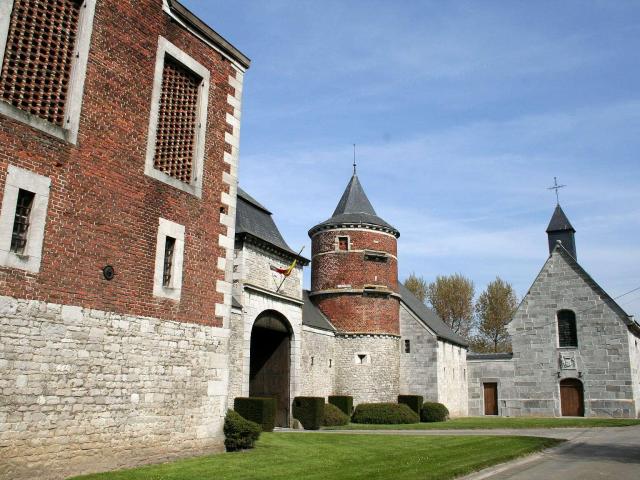 Chateau Oultremont C Jean Pol Grandmont (1)
Chateau Oultremont C Jean Pol Grandmont (1)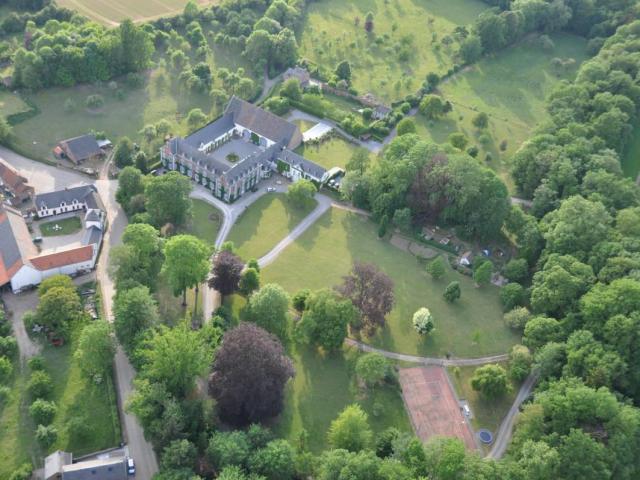 Vieux Waleffe02 C Etiene Lorea (1)
Vieux Waleffe02 C Etiene Lorea (1)